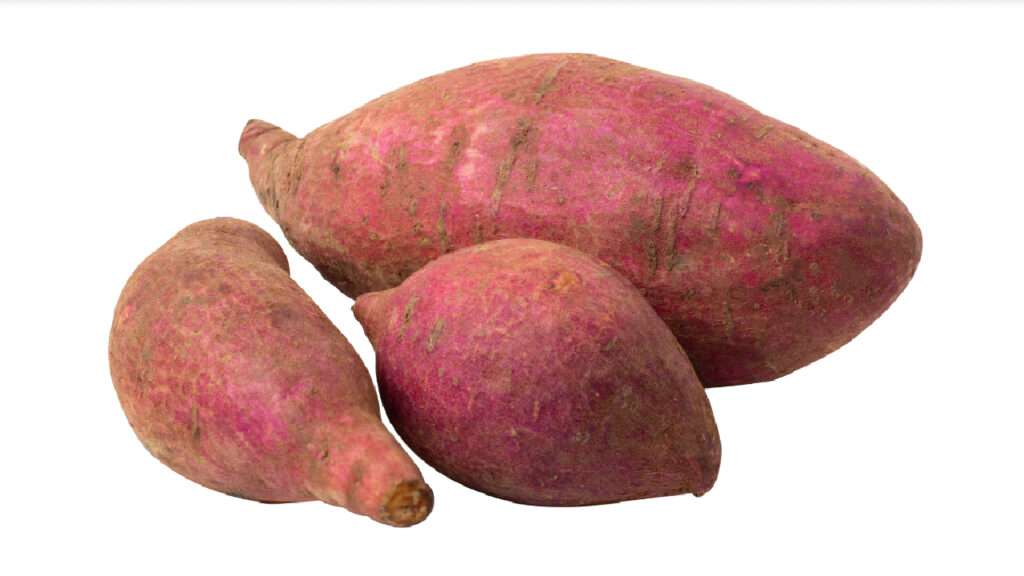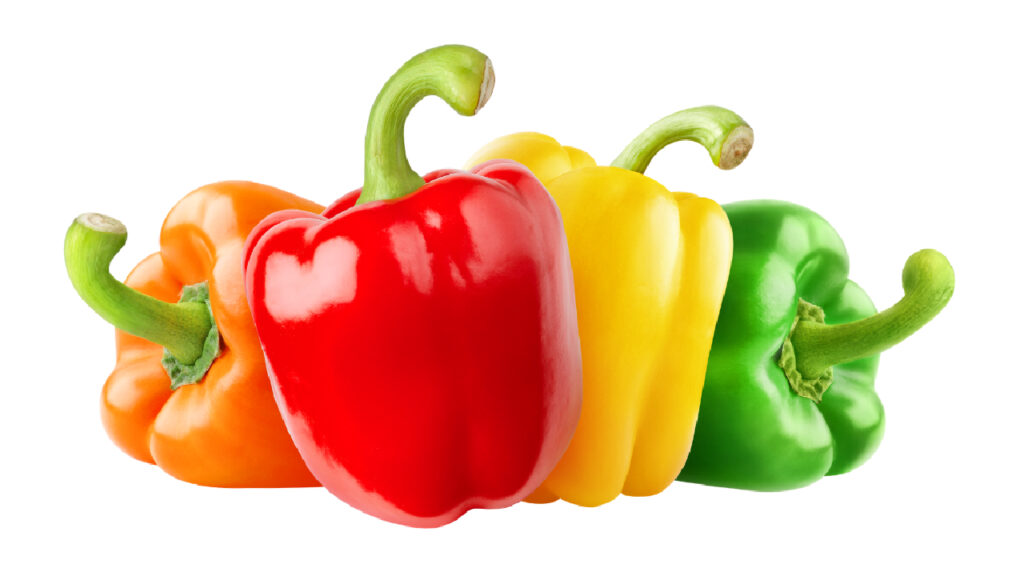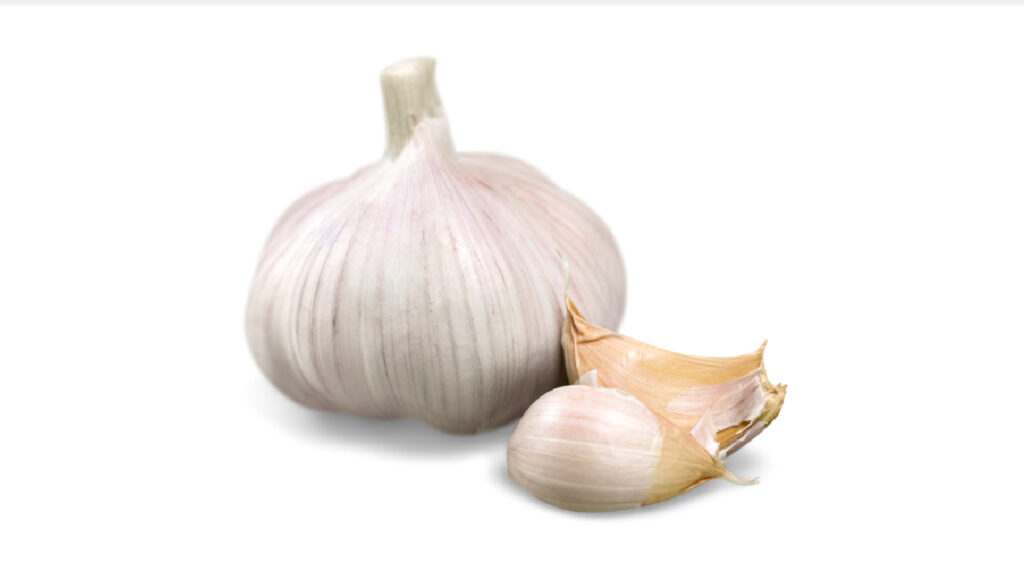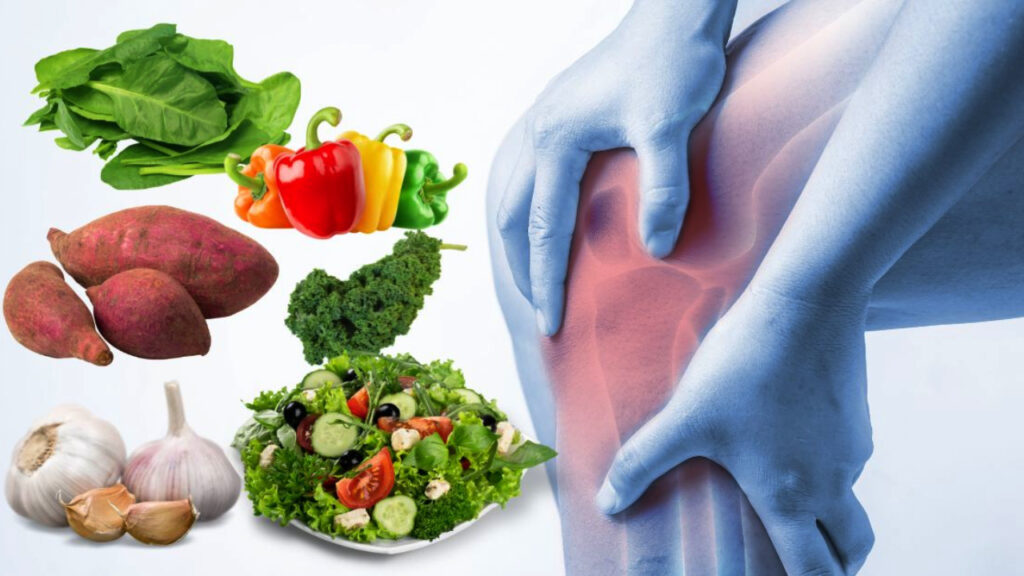Joint pain is a common condition that can significantly affect one’s quality of life. From stiffness in the knees to discomfort in the hands or back, joint pain can impact your mobility and overall well-being. While many people turn to medication for relief, there’s increasing interest in natural remedies that may provide long-term benefits without the side effects of pharmaceuticals.
Solution to healthier, pain-free joints could be found right in your kitchen. Yes, a common vegetable that you probably already have in your diet could be the key to unlocking pain-free joints and improving joint health.
How incorporating this vegetable into your diet could help reduce joint pain, promote overall joint health, and offer a natural remedy for arthritis and inflammation. Into the best vegetables for joint pain, the science behind why certain vegetables work, and offer tips on how to integrate them into your meals. So, let’s dive into the journey to pain-free joints, starting with this incredible vegetable.
Common Vegetable for Joint Health
While there are many foods that benefit joint health, one particular vegetable stands out for its potent anti-inflammatory properties: broccoli. Common vegetable for joint health is not just a side dish to your meal; it’s packed with nutrients that can help alleviate joint pain and promote long-term joint wellness. Broccoli, along with other cruciferous vegetables like kale, Brussels sprouts, and cauliflower, has been found to contain compounds that may play a critical role in reducing inflammation and protecting joint tissues.
But what makes broccoli so special when it comes to joint pain relief? The secret lies in a powerful compound called sulforaphane.
Science Behind Broccoli and Joint Pain Relief
Broccoli contains sulforaphane, a naturally occurring compound that has been widely studied for its anti-inflammatory and antioxidant properties. Research has shown that sulforaphane can block enzymes that cause joint destruction by stopping inflammation in its tracks. Particularly important for those suffering from arthritis, as inflammation is one of the key factors contributing to joint damage and pain.
In a study published in the journal Arthritis & Rheumatism, researchers found that sulforaphane may slow the progression of osteoarthritis by reducing cartilage degradation. Cartilage is the smooth tissue that covers the ends of bones at joints and allows for pain-free movement. When cartilage breaks down due to inflammation or wear and tear, bones can rub together, causing pain and discomfort.
By incorporating broccoli into your diet, you’re not only providing your body with nutrients but also potentially protecting your joints from the long-term damage caused by chronic inflammation.
Other Anti-Inflammatory Vegetables for Joint Pain Relief
While broccoli is one of the best vegetables for joint pain, it’s important to include a variety of anti-inflammatory vegetables in your diet to maximize the benefits. Let’s take a look at other vegetables that reduce joint pain and promote overall joint health.
1. Spinach

Spinach is a powerhouse of nutrients and is known to contain high levels of antioxidants like vitamin C, beta-carotene, and lutein, which help combat inflammation. Rich in vitamin K, a nutrient that supports bone health and plays a role in maintaining strong cartilage. Including spinach in your diet is an excellent way to reduce joint pain and promote long-term joint health.
2. Sweet Potatoes

Sweet potatoes are another vegetable for arthritis pain relief that should not be overlooked. Rich in beta-carotene, a powerful antioxidant, sweet potatoes help reduce inflammation and may provide relief from joint pain. Additionally, their high fiber content supports a healthy gut, which is linked to lower levels of inflammation throughout the body.
3. Bell Peppers

Colorful bell peppers, especially red and yellow varieties, are rich in vitamin C, which is essential for collagen production. Collagen is the main protein found in connective tissues, including cartilage, ligaments, and tendons, and it plays a vital role in maintaining joint health. Bell peppers are also a great source of antioxidants, making them a valuable addition to a joint pain relief diet.
4. Garlic

Garlic is another common food for healthy joints. It contains a compound called diallyl disulfide, which has been shown to have anti-inflammatory effects. In addition to fighting inflammation, garlic may help protect against cartilage damage caused by enzymes. Incorporating garlic into your meals can provide a natural way to ease joint pain.
5. Kale

Kale is a cruciferous vegetable like broccoli and contains high levels of anti-inflammatory compounds. It is rich in vitamin K, which helps regulate the body’s inflammatory responses and supports healthy bones and joints. Adding kale to your diet can reduce inflammation and promote pain-free movement.
Vegetables and Joint Pain: What Does Research Say?
Scientific studies consistently show that a vegetable-rich diet plays a major role in reducing inflammation and promoting joint health. The Mediterranean diet, for example, emphasizes vegetables, fruits, whole grains, and healthy fats, and has been linked to lower rates of arthritis and other inflammatory conditions.
A study conducted by the University of East Anglia found that participants who ate a diet rich in vegetables, especially cruciferous ones like broccoli, experienced significant reductions in joint pain and stiffness. The study concluded that individuals who regularly included these vegetables in their diet saw less cartilage degeneration and improved overall joint function.
Review published in the Journal of Nutrition highlighted the importance of dietary polyphenols plant compounds found in vegetables – in protecting against joint inflammation. Polyphenols act as antioxidants that help neutralize free radicals, which can cause inflammation and joint damage. These findings suggest that consuming a vegetable-rich diet can be a natural solution to reduce joint pain and inflammation.
Best Ways to Add Vegetables to Your Diet for Joint Health
Now that we’ve established that certain vegetables can reduce joint pain and inflammation, let’s explore how to incorporate them into your meals in a way that’s both delicious and effective.
1. Smoothies and Juices
Smoothies are a great way to pack in multiple servings of vegetables in one go. Try blending spinach, kale, broccoli, and a splash of lemon juice for an anti-inflammatory green smoothie that promotes pain-free joints. Add in fruits like berries, which are also known for their anti-inflammatory properties, for a nutrient-dense drink.
2. Salads
Salads are a simple and versatile way to add vegetables to your diet for joint pain relief. Consider making a colorful salad with mixed greens, bell peppers, broccoli, and a sprinkle of nuts or seeds for added texture. You can also drizzle your salad with olive oil, which contains healthy fats that are known to reduce inflammation.
3. Roasted Vegetables
Roasting vegetables enhances their natural flavors while retaining their nutrients. Toss broccoli, sweet potatoes, and garlic in a bit of olive oil and roast them in the oven for a delicious side dish that’s good for your joints.
4. Soups and Stews
Vegetable soups and stews are hearty, filling, and can be loaded with anti-inflammatory vegetables. Consider adding spinach, kale, bell peppers, and garlic to your soup for a warm and soothing meal that promotes joint health.
5. Stir-Fries
Stir-frying is a quick and healthy way to cook vegetables without losing their nutritional value. Try stir-frying broccoli, kale, and garlic in a bit of sesame oil for a flavorful dish that’s packed with joint-healthy ingredients.
Best Time to Consume Vegetables for Joint Health
While there’s no “wrong” time to eat vegetables, there are certain times of day when consuming anti-inflammatory foods may be more beneficial for reducing joint pain.
- Morning: Starting your day with a green smoothie or vegetable-packed omelet can set a positive tone for the day and provide your joints with anti-inflammatory nutrients early on.
- Afternoon: Lunch is a great time to enjoy a big salad or vegetable-based soup to keep your energy levels stable and inflammation at bay.
- Evening: Eating a vegetable-rich dinner, such as roasted broccoli or a vegetable stir-fry, can help reduce any joint stiffness or pain that may have accumulated during the day.
Lifestyle Changes to Support Joint Health
In addition to incorporating more vegetables into your diet for joint health, there are several lifestyle changes that can further support pain-free joints.
- Exercise Regularly: Engaging in regular physical activity, such as swimming, yoga, or walking, helps maintain joint flexibility and strengthens the muscles that support your joints. Low-impact exercises are particularly beneficial for those with arthritis or joint pain.
- Maintain a Healthy Weight: Excess weight puts additional pressure on your joints, particularly the knees and hips. By maintaining a healthy weight, you can reduce the stress on your joints and prevent further damage.
- Stay Hydrated: Proper hydration is essential for keeping your joints lubricated. Drinking plenty of water throughout the day can help reduce stiffness and promote better joint mobility.
- Consider Supplements: In some cases, dietary supplements like glucosamine and chondroitin may support joint health. It’s important to speak with a healthcare professional before starting any new supplements.
Achieving Pain-Free Joints with a Vegetable-Rich Diet
Journeying to pain-free joints doesn’t have to mean relying on prescription medications or invasive procedures. By following a diet filled with anti-inflammatory vegetables like broccoli, spinach, and sweet potatoes, you can naturally reduce joint pain, support long-term joint health, and enhance mobility. These vegetables are not only delicious but also packed with essential nutrients that protect cartilage, reduce inflammation, and prevent joint degeneration.






